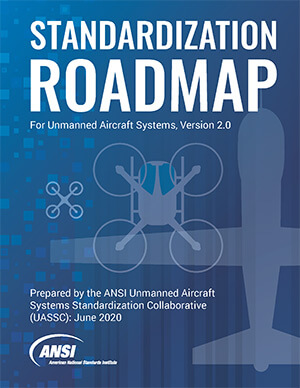
6/30/2020
In an effort to communicate the vital role that standards play in daily life, the American National Standards Institute (ANSI) publishes snapshots of the diverse standards initiatives undertaken in the global and national standards arena, many of which are performed by ANSI members and ANSI-accredited standards developers. Two of the latest selections follow:
Protective Eyewear
Protecting your eyes and face against occupational hazards is important to long-term health. From safety goggles to welding helmets, there are many ways to keep the eyes and face safe in many different occupational environments. An American National Standard(ANS) for eye and face protection has been recently updated by the International Safety Equipment Association (ISEA), an ANSI member and-accredited standards developer.
ANSI/ISEA Z87.1-2020, American National Standard For Occupational And Educational Personal Eye And Face Protection Devices, sets forth criteria related to the general requirements, testing, permanent marking, selection, care, and use of protectors to minimize injuries in a variety of different educational and occupational settings. This update adds additional content that addresses anti-fog lens assessments and relaxed optics requirements. Additionally, this standard has been updated to provide additional clarity to testing execution.
Clinical Visual Acuity Charts
Everyone who has been to the eye doctor or even the DMV has been tested with a visual acuity chart. It is the chart of seemingly random letters in a row, each row smaller than the last, designed to test your eyesight at a distance. An ANS on visual acuity tests developed by the Z80 ANSI-accredited Standards Committee has recently been updated. The Vision Council, an ANSI member and accredited standards developer, is the Secretariat for ANSI ASC Z80.
ANSI Z80.21-2020, Ophthalmics - Instruments - General-Purpose Clinical Visual Acuity Charts, appliesto displays of optotypes for all clinical visual acuity measurement systems that use recognition of optotypes and that are designed for general use. This includes optotypes printed on opaque media, those intended for transillumination, and electronically generated or projected displays. However, it does not apply to special testing of visual acuity, e.g., low-vision, or reverse polarity (e.g., white optotype on a dark background).